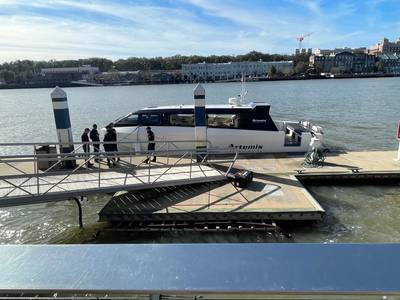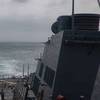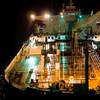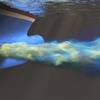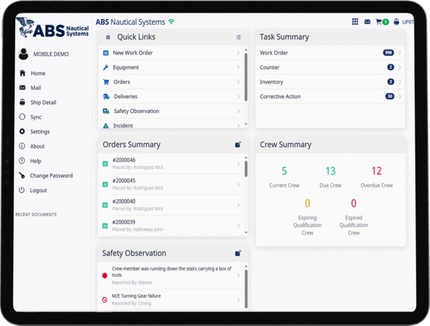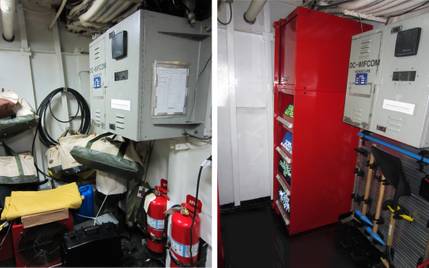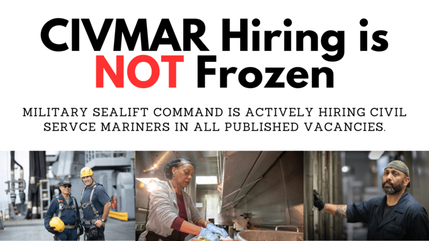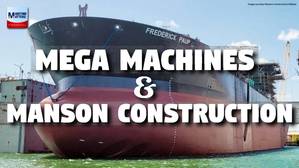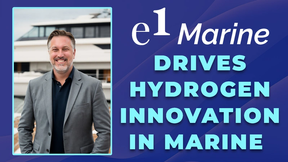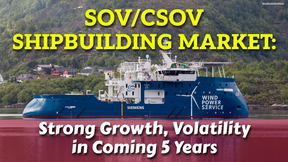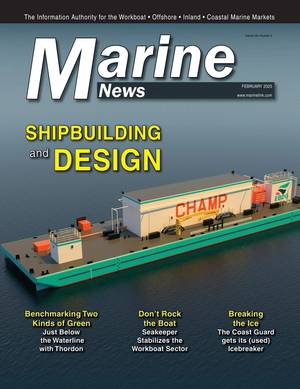VIDEO: Rock Steady Vessel, the Artemis EF-12 Escape
On the second full day of this year’s Passenger Vessel Association’s 2025 Maritrends conference, the weather probably couldn’t have been much nicer; especially when it involved a tour and test ride on the new Artemis Technologies EF-12 Escape.
The high-end water taxi, in the process of being introduced to US markets, was everything its creators promised, and perhaps just a little more. On Tuesday morning, cruising in brilliant sunshine, its full capabilities were on full display.
Fully satisfying the brown water industry’s thirst for the Promised Land of “zero carbon footprint,” the EF-12 creates zero emissions and minimal wake during every trip, thanks largely to its advanced hydrofoil technology. Gliding smoothly above the water at speeds as fast as 30 KT, this vessel has no need for stabilizers, as the “foiling” design is in use at all times; whether at high speeds, cruising slowly, or alongside another vessel or pier. In other words; rock steady.
David Tyler, Artemis’ co-founder and managing director, North America, was on board for this morning’s demonstration, and as his skilled crew of mariners deftly handled the high-tech boat, he explained the “ins and outs” of its design. For example, and with advanced battery systems fore and aft, the vessel can be fully charged in as little as 60 minutes. And, he added, the vessel’s carbon fiber design is 40% lighter – and if built in series with economy of scale, also less expensive – than a comparably sized aluminum vessel, something that’s critically important as marine batteries continue their evolution into lighter platforms that pack more power. Until that happens, weight will always be a consideration. Artemis, nevertheless, has that covered.
A 15-minute test ride showed the vessel to be steady as a rock, even at top speeds, and it cornered on a dime at everything from 0 to 25 knots. As of now, DNV and/or Lloyd's Registger will be Artemis’ classification societies of choice, but the vessel will meet all Coast Guard standards for domestic passenger vessels. Their largest version, the EF-24 will carry 150 passengers and fall under the Coast Guard’s subchapter T class.
Artemis technology was borne of the fastest sailboats in the world, and accomplished yacht sailor David Tyler instantly knew that the concept had real applicability in the workboat world. As of today, his creations are fully electric, but he conceded that future versions intended for other niche sectors – such as patrol boats – might involve a hybrid solution. For now, the Artemis fully electric design is already penetrating the pilot boat and crew transfer vessel (CTV) markets in Europe. And, for good reason.
Offshore wind and oil & gas operators have become acutely aware of the need to have personnel arrive at the job sites ready to work. And, that means not having been throwing up for a two-hour ride. With the Artemis technology able to operate seamlessly in conditions up to 3.5 meters of sea and swell, all personnel experience an almost motionless ride. Similarly, pilot associations yearning for more stable platforms, both on the way out to the ship and alongside while disembarking and embarking, are starting to take a hard look at Artemis. Safety and comfort – that’s the ticket for these operators.
With a 50-mile range, the Artemis EF-12 satisfies the needs of a range of possibilities within the workboat realm. Where they ultimately find their sweet spot is still unknown. Passenger vessels – catering to perhaps the most demanding of cargo – are a good place to start. The PVA Maritrends Convention, against the quaint backdrop of the historical Savannah, GA waterfront, was similarly, an excellent place and time to show the marine industry, how, and why.




